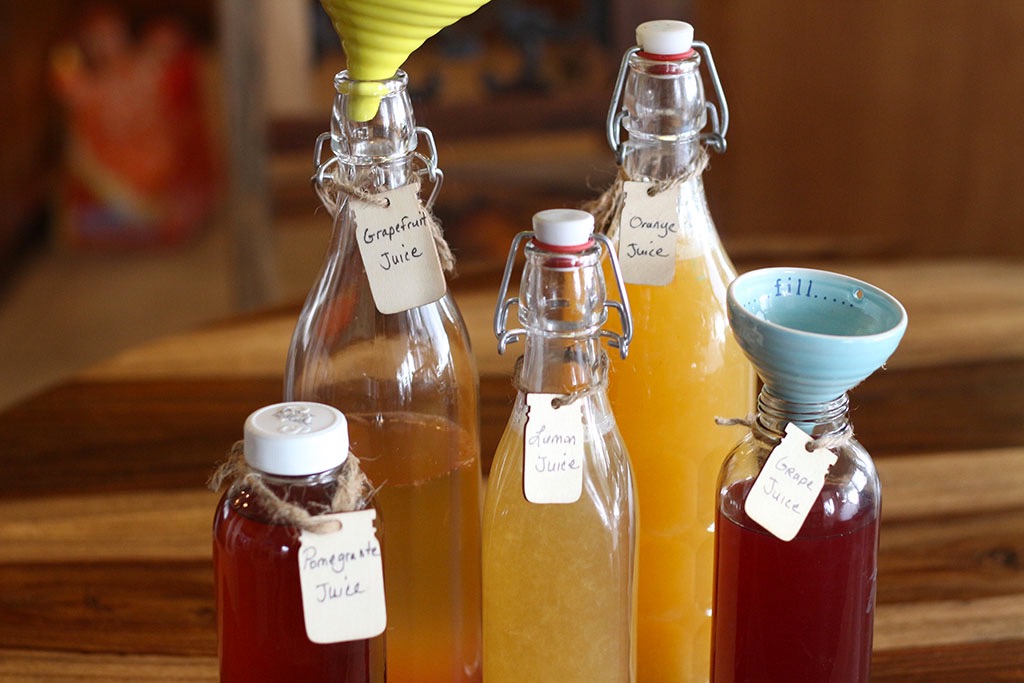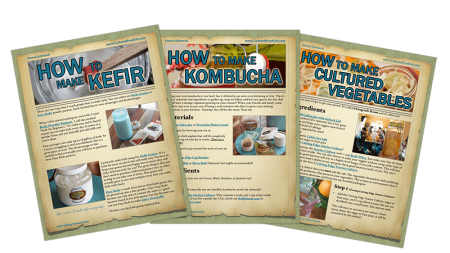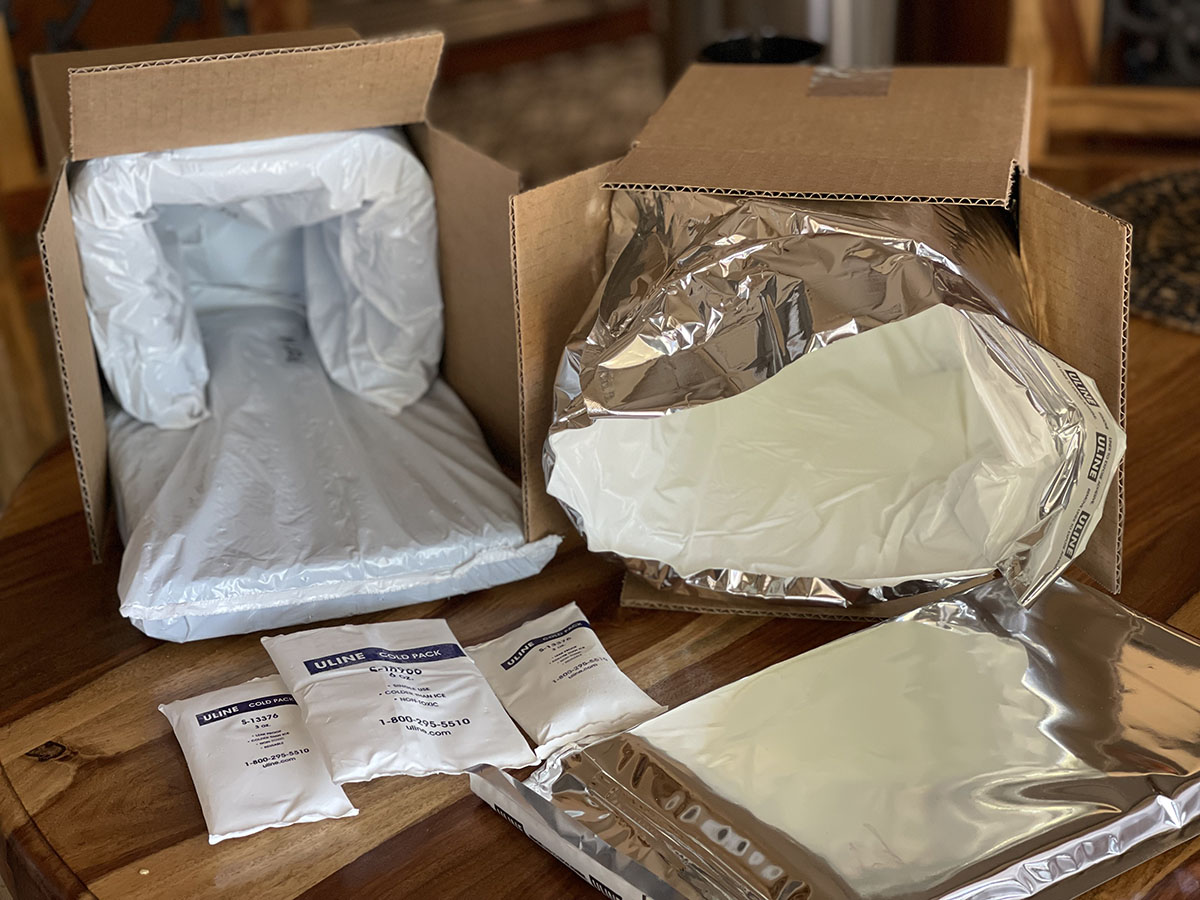
My Kombucha’s Not Bubbly?
My Kombucha’s Not Bubbly?
Bubbly, fizzy kombucha is one of my favorite things. Understanding the science behind how it works can help you create the carbonation that most people are looking for—and it’s not as hard as you might think!
✨ The Magic of Kombucha Fermentation
When you brew kombucha, something miraculous starts to happen. The fermenting tea forms a SCOBY (Symbiotic Culture of Bacteria and Yeast) on top of the tea. This little microbial factory forms a seal across the surface and begins to transform your sweet tea into a probiotic-rich, effervescent drink.
The yeasts in the SCOBY consume the sugars and produce carbon dioxide (hello, bubbles!) and ethanol. Then, the bacteria consume the ethanol and transform it into beneficial acids and nutrients. It’s a partnership, a dance, and a delicate balance. That’s why you sometimes don’t get the fizz—because something in that balance has gone awry.
One of the powerhouses in this process is a yeast called Saccharomyces boulardii. This yeast doesn’t just make your kombucha bubbly—it’s also used therapeutically in hospitals as a probiotic supplement. It fights pathogens, strengthens your gut lining, and supports your immune system. Kombucha is one of the only natural sources of S. boulardii outside of capsules, and your body will thank you for including it.
🧪 What Creates Natural Carbonation?
The carbon dioxide bubbles you love are created when the yeast ferments sugar. The bacteria then convert the by-products into things like acetic acid, glucuronic acid, and amino acids—compounds that support detoxification, digestion, and joint health. So yes, you’re getting more than just bubbles—you’re getting wellness in every sip. Check out — Why I Drink Kombucha Every Day
And no, this doesn’t mean kombucha is alcoholic. Most homemade brews clock in at less than 0.5% alcohol—less than ripe fruit or orange juice! Testing equipment often mistakes naturally occurring organic acids for alcohol, giving a false high reading.
Tips For Bubbly Kombucha
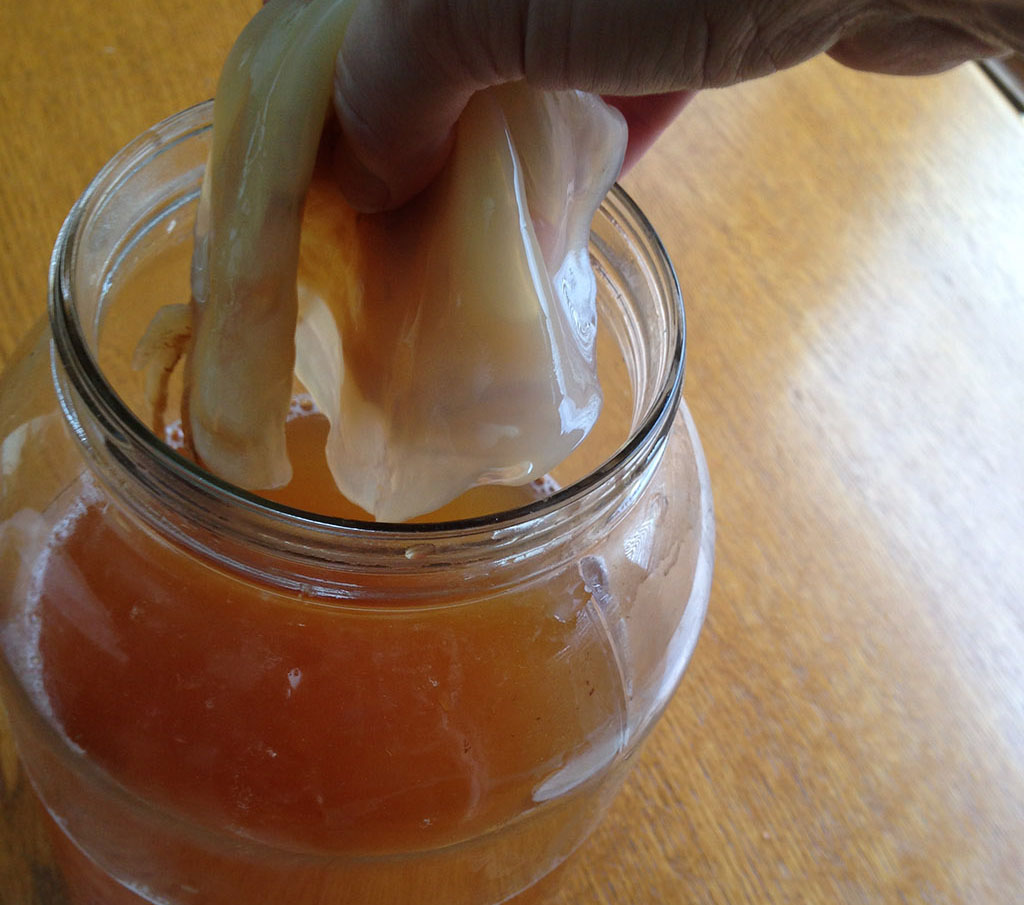
Make Sure Your Kombucha Tea Starter Tea and SCOBY are Healthy.
If you haven't made kombucha regularly and have let the tea and SCOBY sit for months, it might not have the number of bacteria and yeasts it needs to make bubbly kombucha. If there are too many yeasts and not enough bacteria, it won't work properly. So it is best to get a new SCOBY and starter tea. The starter tea has lots of bacteria and yeasts in it, and is just as important as the SCOBY. The only way to know if it will work is to try and make a batch. If it gets bubbly, then you're good to go!
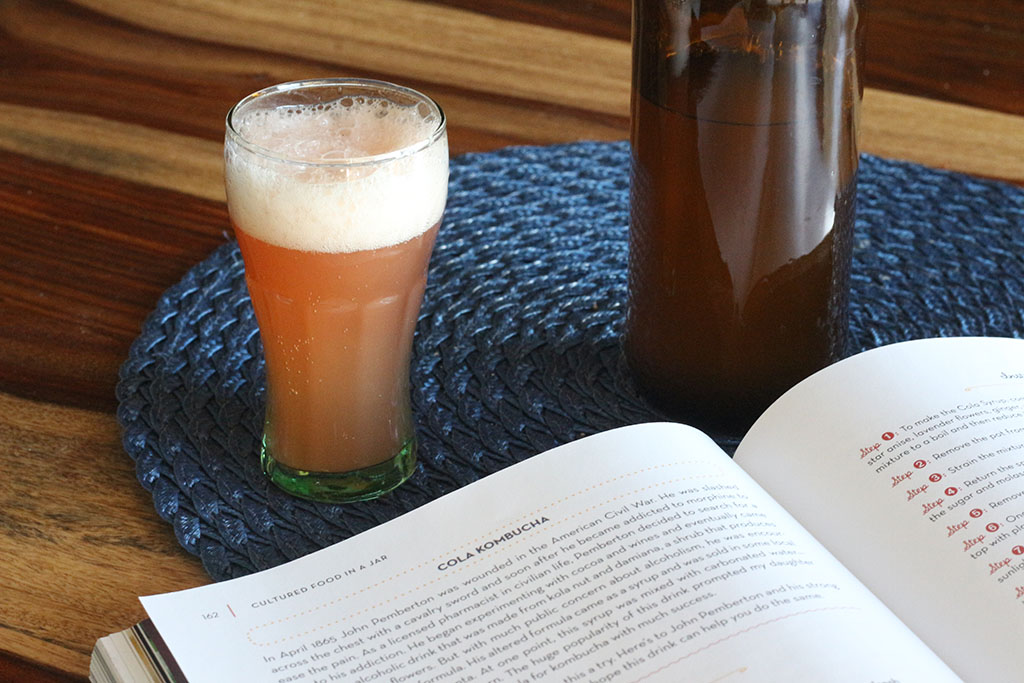
Don’t Let It Get Overly Sour.
Bottle your kombucha tea when it's slightly sweet. It will continue to ferment in the fridge. When it turns too sour, that means the yeasts and bacteria have run out of food and your kombucha will go flat. This is really important regarding fizzy kombucha. Those microbes need the sugar to consume and make probiotics and lots of carbonation. Remember, the sugar in the tea is for those good bacteria and yeasts and not for you. No sugar = no fizz! Bottle it when it’s still a little sweet.
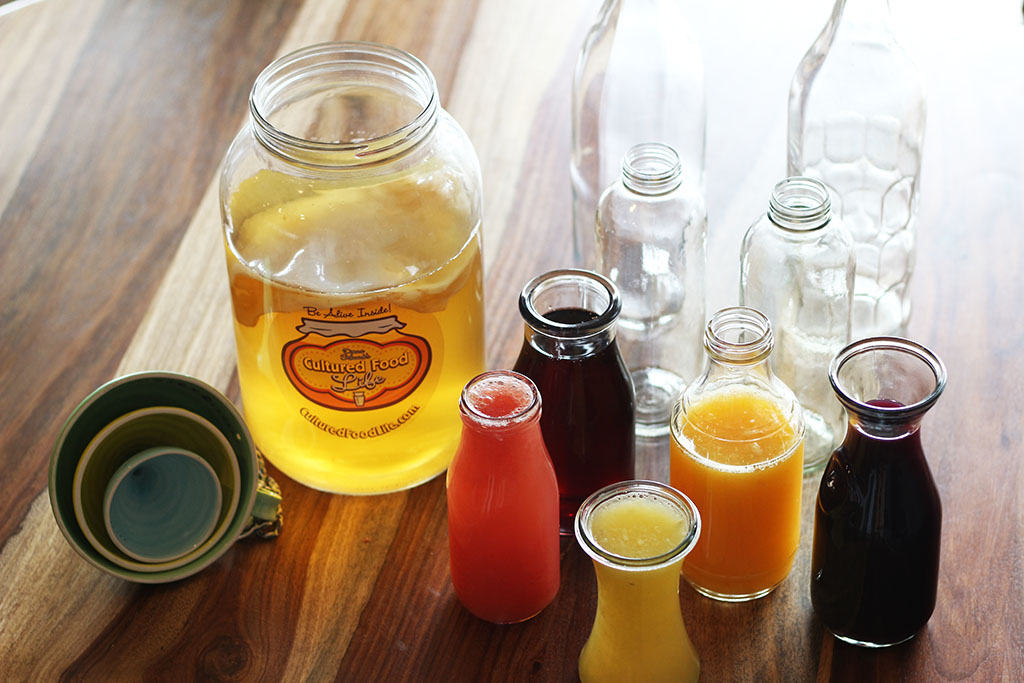
Second Ferment Your Kombucha.
This is a great way to make fizzy kombucha. After your first ferment, you can bottle it with a little fruit juice when it is still just a tiny bit sweet. Add your juice and transfer to airtight bottles. The yeasts will go crazy eating the sugars out of your tea, and will make lots of bubbles. Check out this link for the recipe on how to do this.
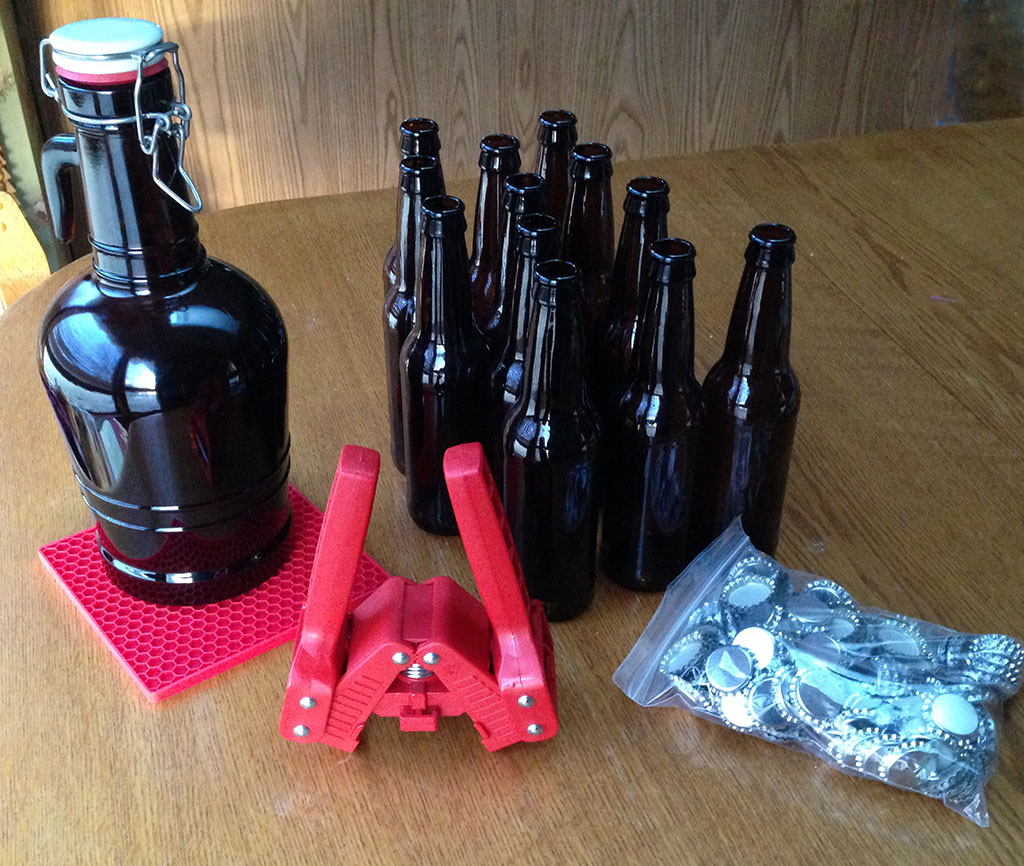
Use Good Bottles!
Use good bottles made for brewing. Clamp down flip top bottles work really well. You can also use old kombucha bottles, they work well too. You want a bottle with a good seal that keeps the carbonation in. You also want to make sure your bottles are made of thick glass and are made for brewing, or else they can build up too much carbonation and explode. If you use a canning jar, you're going to lose a lot of fizz since it doesn't seal the same way a bottle top would. Always fill your bottles up to the top for more fizz. I like to leave a half inch, but some people say they're more successful if they fill it up to the top and remove all the oxygen.
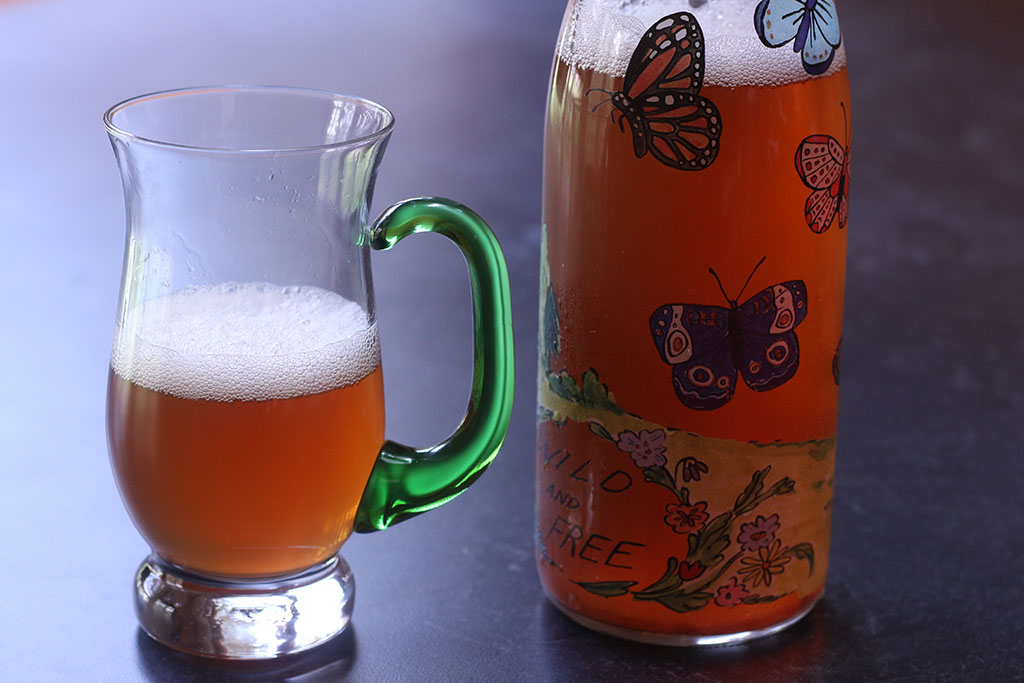
Temperature Helps Determines How Quickly It Brews
Temperature is a huge factor in the timing of when your brew will be done. If your home is 75 degrees or above, it can take one to three days, or slightly longer. Cooler homes can take longer, and warmer temps will brew it even faster. It also depends on how sweet your tea is, but the warmer the temps are, the faster it will brew. You'll need to check it every day to make sure the bottles don't explode. Open the bottles and if they start to fizz out, that means they're done. Then you place the bottles in the fridge to slow down the fermentation process. Patience is a virtue!
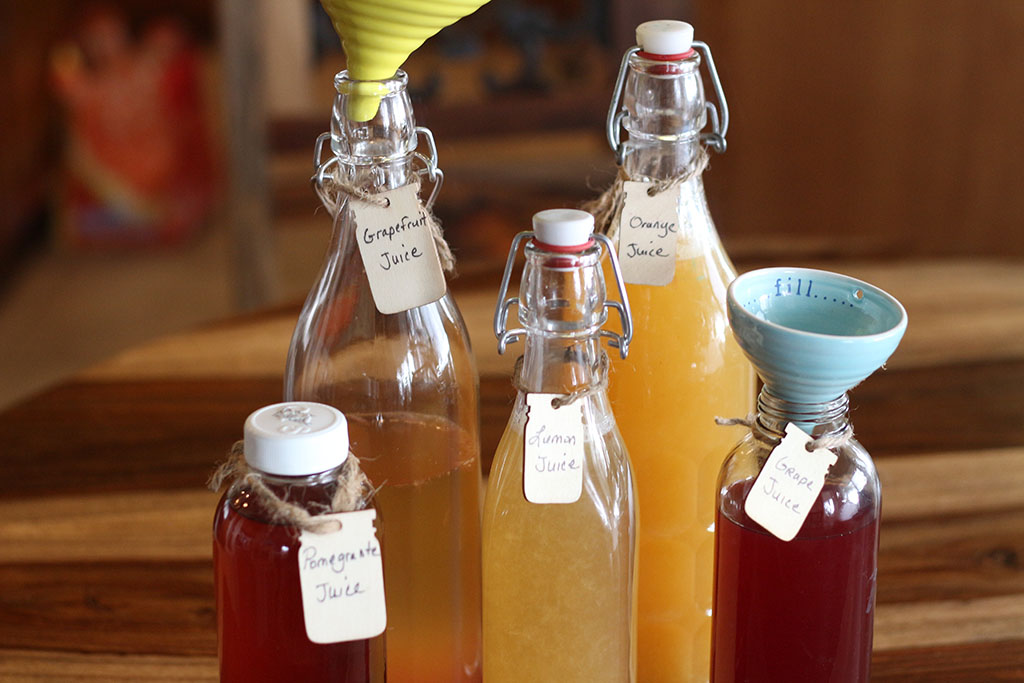
How to Tell When Your Bottles are Done
If you open a bottle and it fizzes out, it's done. However, if it's been fermenting for a while, then you'll need to taste it to see how it's doing. If it's sweet, that means the good bacteria and yeasts haven't eaten all the sugar out of it and you need to let it keep fermenting. If it tastes tart and not sweet at all, and isn't fizzy, it's probably already started to turn into vinegar and is past the point of saving. You either bottled it when it was too tart and didn't have enough sugars to let the bacteria and yeast have enough food to eat, or your starter tea and SCOBY weren’t strong enough to begin with, so you’ll need a new one.
Balance in Kombucha
Yeasts and bacteria are in constant competition. If the yeasts dominate (especially in warmer temps or when the brew is left too long), they can create too much alcohol and not enough fizz. If the bacteria are too weak, you’ll get a sour, flat vinegar. It’s all about balance.
You can tip the scale back to harmony by using fresh starter tea, reducing brewing time slightly, and giving your kombucha the right amount of sugar and warmth.
Let your kombucha dance with bubbles and health. Trust the process, nurture your brew, and enjoy the rewards—one effervescent sip at a time. 💛🍹
Listen To My Podcast
Bubbly, fizzy kombucha is one of my favorite things. Understanding the science behind how it works can help you create the carbonation that most people are looking for.
Tune in to learn more.
References I talked about:
Are you on the list?
Sign up today and I'll send you my free Getting Started Guide!
Each week I'll send you updates, tips, recipes, and more! You might even be a winner of my weekly giveaway! (starter cultures, memberships, and more!)
Come be a part of my cultured food family!

